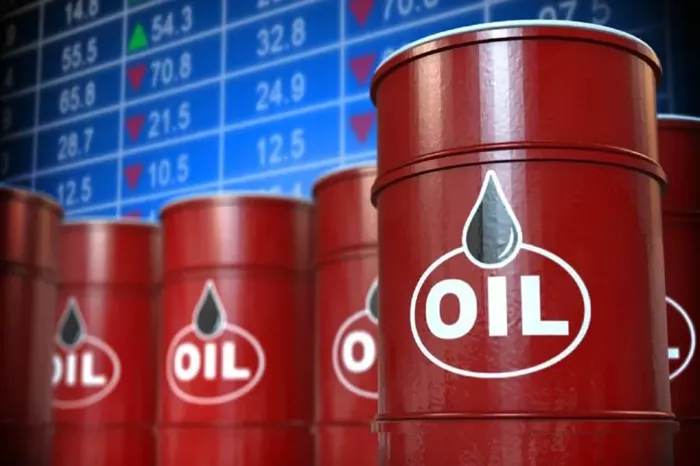Crude oil prices began slightly lower in Asian trading on Thursday, influenced by the American Petroleum Institute’s forecast of a 2.26 million barrel increase in US crude oil reserves last week. WTI August futures saw marginal movement at $80.47 amid thin holiday trading volumes. Despite this, oil prices have climbed 3.3% for the week so far, signaling potential weekly gains.
Oil markets have rebounded significantly since early June when they hit a four-month low of $72.45. This recovery followed the decision by OPEC+ to extend the production cut agreement while gradually phasing out voluntary cuts between October 2024 and September 2025. The market initially perceived this move as bearish, but geopolitical developments have since driven prices upwards.
Both benchmarks recently reached seven-week highs, buoyed by renewed geopolitical risks. Israeli Foreign Minister Israel Katz’s warning of a possible “all-out war” with Lebanon’s Hezbollah and a Ukrainian drone strike causing a fire at a major Russian oil terminal contributed to this surge. Despite recent recoveries, concerns persist over the bearish supply side due to OPEC+’s spare capacity and increased production from the US, Guyana, and Brazil.
China’s Economic Indicators and Energy Demand
China’s economic challenges continue, with imports dropping 8.7% year-on-year to 11.11 million barrels per day (46.97 million metric tonnes) in May. Property market struggles remain a significant drag on the economy, accounting for 25% of GDP since 2021. Property investment in China fell by 10.1% year-on-year in January-May, exacerbating economic concerns.
US Hurricane Season and Demand Dynamics
The US hurricane season typically sees increased gasoline demand due to summer driving. Despite gasoline prices declining 6% from April levels, demand remains subdued at under 9 million barrels per day, indicating a sluggish trend. The US National Hurricane Center issued a tropical storm warning for the Texas coast, potentially affecting 12-15% of US crude oil production concentrated in the Gulf Coast.
Energy Sector Guidance and Outlook
OPEC+ forecasts stagnant oil supply growth for 2024 with potential downside risks in 2025, aligning with unchanged demand growth projections of 2.25 million barrels per day. OPEC production increased marginally to 26.63 million barrels per day in May, while total OPEC+ output decreased to 40.92 million barrels per day.
The Energy Information Administration (EIA) raised its 2024 global oil demand growth forecast to 1.10 million barrels per day, while the International Energy Agency (IEA) expects demand improvement in the second half of 2024.
Market Outlook and Technical Analysis
Amid mixed US economic data, expectations of a single rate cut for the year persist. European markets are under pressure due to political uncertainties following the European elections. This climate may exert downward pressure on crude oil prices. In China, ongoing property market issues suggest a delayed economic recovery.
Short-term price expectations range between $78 and $83, with WTI crude potentially testing resistance at $85 in the medium term.
Technical Levels:
WTI Crude Oil Aug: Support at $78, Resistance at $82
MCX Crude Jul: Support at 6,630, Resistance at 6,850
Related topics:
WTI Slips Back To Mid-$79.00s As Confluence Breakout Point
WTI Crude Oil Sees Gains but Faces Tight Trading Range
WTI Falls Back Below $78 After Fed Stops Short Of Cutting Rates

